Technology & ancestral knowledge
For thousands of years agroforestry has been done empirically by ancestral peoples. Today, with practically 8 billion people in the world, we need to readapt the way we produce food on our planet. Monoculture and environmental degradation have brought impacts such as climate change and soil degradation, which puts us today in front of a possible food crisis never seen before. Ancient agroforestry solutions alone would not be able to solve all the challenges we face today if we did not seek to combine technology with ancestral knowledge. This is the heart and wisdom that PRETATERRA delivers today to all humanity.
We are open to all existing technologies and those to be created. We will not make the revolution in regenerative agroforestry agriculture on the planet if we are not aligned and hand in hand with all available sciences. Therefore, with each new challenge, new partner, new customer, new biome, we constantly improve. PRETATERRA is, in itself, a permanent R&D area.
Our main fronts of exponential development of regenerative technology today are mainly based on:
New ways of learning
Using digital technologies to bring agroforestry to everyone and everywhere.

Innovative field practices
In our open-air R&D at Fazenda PRETATERRA, in Timburi, SP, we seek to innovate and prototype different concepts and ways of making agriculture in harmony with planet Earth.

Agroforestry carbon
Unlike how carbon extrapolation is being done today, PRETATERRA has developed a method of calculating carbon individually in each element of the system, thus being able to create much more assertive forecasts for agroforestry systems, understanding how carbon generation and optimization will perform in the system throughout its cycle, including management practices, pruning, soil carbon and nutrient cycling in the litter. In this way, we can contribute more actively to reducing the impacts of climate change, not only fixing carbon, but introducing management practices that help create a microclimate that reduces climate impacts and benefits producers at all scales.
Smart cities
We transpose our agroforestry logic from large scale to small and micro scale in a technological way for food production in integrated systems in closed environments, green roofs, vertical walls and other production systems such as aquaculture, aquaponics, within smart cities.
Aerospace technology and landscape planning
We use cutting-edge drone technology, GIS and readings from different spectrums such as NDVI and Lidar to create extremely assertive mosaics, involving soil, climate, slope, biomass and photosynthetic potential to create the best agroforestry systems ever seen.
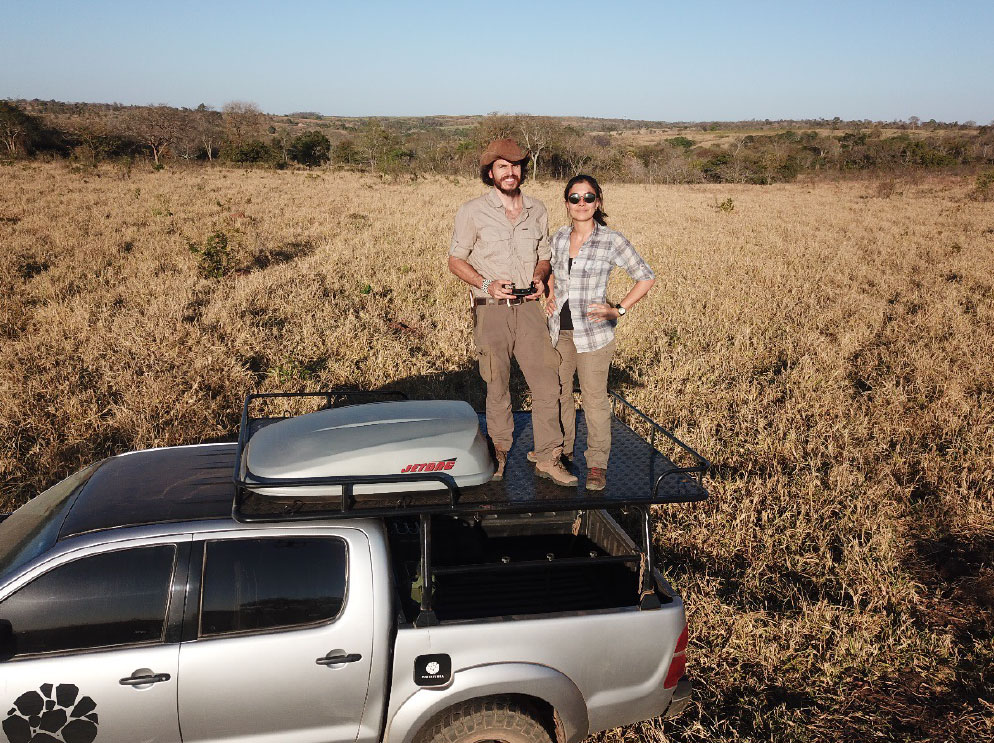
Software and modeling
One of our main fronts of technological disruption is in the creation of software models with a friendly interface for use by small farmers to large companies in the design and management of biodiverse agroforestry systems, understanding their ecological, economic and environmental aspects in all the most important aspects, also including social plugins for integrating communities and other native peoples.
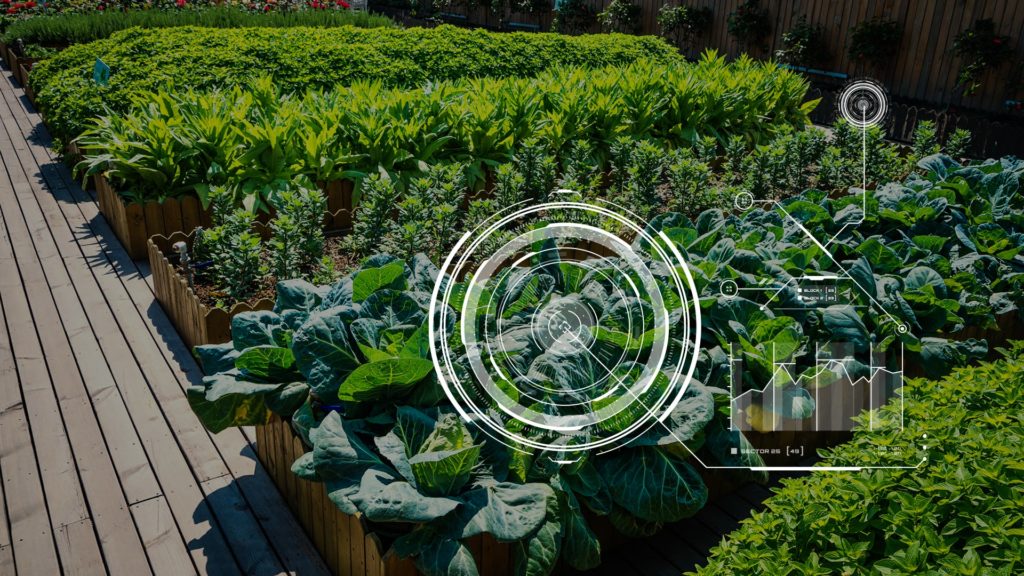
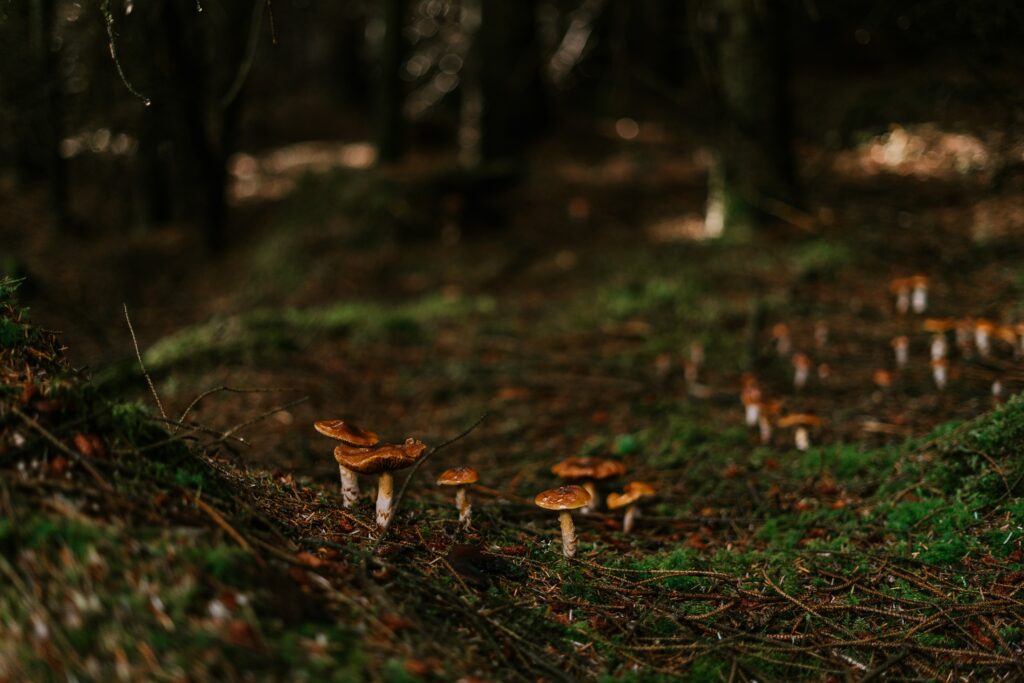
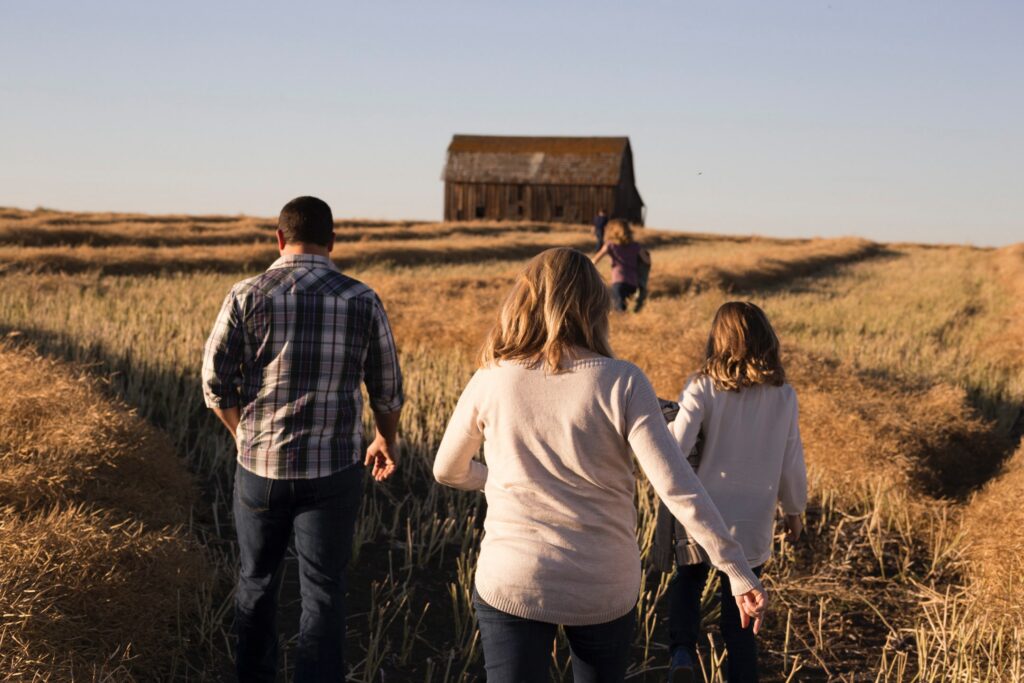
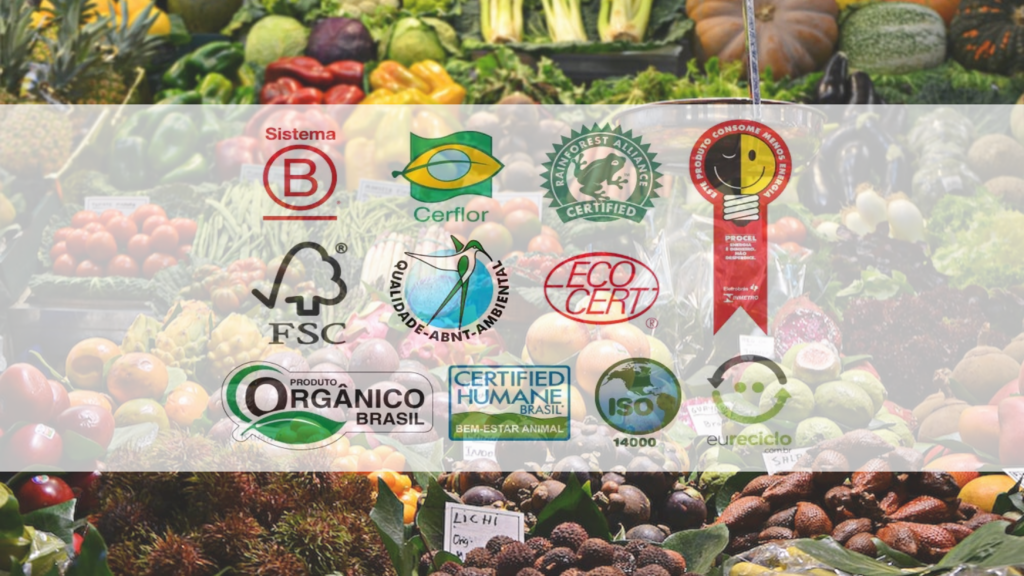
 agroforestry taken seriously
agroforestry taken seriously 